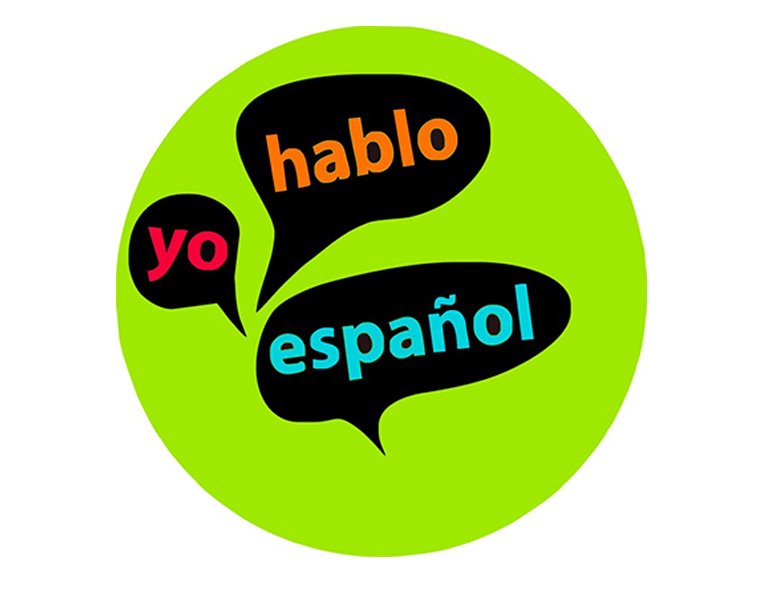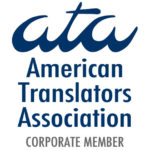Looking back last year, 2015 was undoubtedly a period of prosperity for the translation industry and if facts are to be believed, the amount of business in this sector has recorded a growth of around 6.5 percent this year.
In recent years, demand for translation industries has seen an upward trend. This is mainly due to the tremendous communication needs of the 21st century that has led governments and organizations to seek help in breaking the language barrier. Therefore, without ambiguity, the translation industry is one of the fastest growing in the world.
So, without further ado—let’s explore the 4 principal trends making waves this year!
Trend #1: An increasing demand for language translations
Despite of what you may think, “minor” languages spoken around the world are not fading away. As a matter of fact, demand for multilingual online content is going through an upward trend with English dominating the translation industry at 53.6 percent, while Russian, Chinese, Spanish and French are aggressively following.
By now you know what it means—it means more expansion opportunities for businesses, and to reach out to the international market, the demand for translators will keep on flourishing.
Trend #2: It’s time for quality OVER cost
Since businesses are always looking for ways to expand and increase market share, they are bound to search for exceptional translation service providers to benefit them with high quality service rather than opting for cheap low cost providers. In the translation market, it is imperative to constitute your credentials and portray your organizations image positively in the global market so as to be able to leverage status and negotiate power.
Trend #3: Voice based translation will be in more demand
Today, companies are looking for more novel ways to market their business in the global market. Gone are the days when simple plain text was translated to capture a new language market. From where we look, both audio and video translation service can excitedly change the way translation companies work.
Hence, to keep up with the ever-increasing demand, translation agencies should hire translators or train existing ones to provide with acceptable voice over translation service.
Trend #4: Human translation will still be superior over machine translation
Machine translation basically refers to instruments such as Bing translator, Google translator, etc. doing the job for you. While these smart tools are rising slowly, it is not recommended to use them often, unless it’s for personal use.
Currently, online tools cannot comprehend the context of your content, for example, your content can be used for marketing, as white paper, for a website or instruction manual, etc. Additionally, they are also limited by the amount of words they can translate per minute.
To convey the purpose of your brand and deliver the right message to your audience, you need a human to effectively translate the essence (and not just a literal meaning) of your message. A machine is a machine after all; some jobs are left best in human hands!
The aforementioned are top four exclusive key tends in the translation industry that you should follow! Let us know what you think is the most essential to the industry. Do you have more to add to the list?













